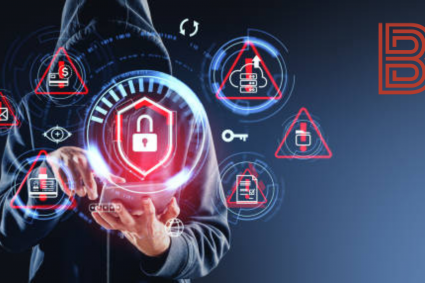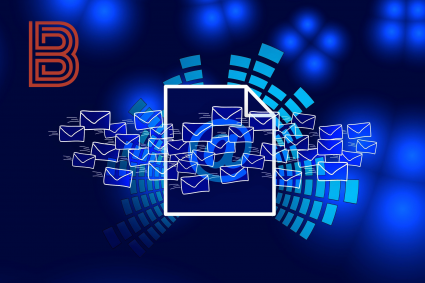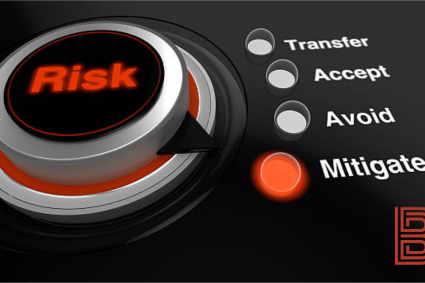
Cloud security encompasses measures like encryption, identity and access management (IAM), and threat detection. These tools protect against data breaches, unauthorized access, and other cyber threats.
Encryption ensures that data is unreadable to unauthorized users, both in transit and at rest. IAM controls who has access to what data, enforcing policies based on roles and responsibilities. Advanced threat detection systems monitor for suspicious activities and respond to potential threats in real time.
Compliance, on the other hand, ensures that cloud operations meet legal and regulatory requirements. This includes adhering to standards such as GDPR for data protection, HIPAA for healthcare information, and ISO/IEC 27001 for information security management. Cloud providers often offer compliance certifications to assure clients that their services meet these stringent requirements.
Organizations must conduct regular audits and assessments to ensure ongoing compliance. This involves maintaining up-to-date records, conducting risk assessments, and implementing necessary controls. Automation tools can help streamline compliance processes, reducing the burden on IT teams.
Cloud security and compliance are essential for safeguarding sensitive information and ensuring regulatory adherence. Effective strategies include robust encryption, comprehensive IAM, real-time threat detection, and rigorous compliance frameworks, which together build a secure and compliant cloud environment.
WWW.BARETZKY.NET




















